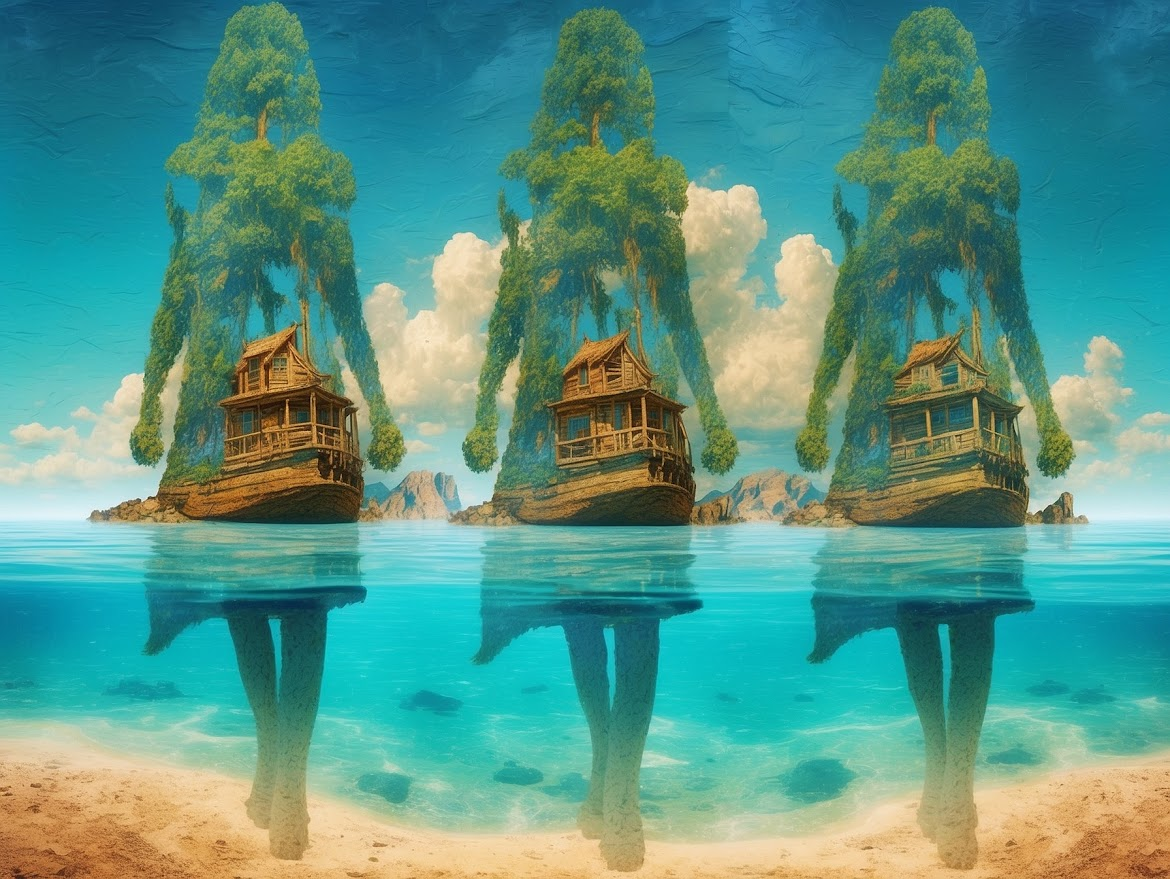The world of art is continuously evolving, with technology playing an increasingly significant role in shaping its future. One of the most fascinating and rapidly developing trends is the rise of artificial intelligence art. From conceptual sketches to fully realized masterpieces, AI is redefining the way we perceive creativity and art. In this blog, we’ll explore the profound impact of AI-generated artwork, the tools that make it possible, and what the future might hold for this revolutionary intersection of technology and creativity.
The Emergence of AI in the Art World
Artificial intelligence has made significant strides in recent years, transforming various industries such as healthcare, finance, and entertainment. Now, it is becoming a key player in the art world. Through advanced algorithms and deep learning models, AI can analyze and replicate the styles of famous artists, creating stunning new pieces that challenge the boundaries of traditional art.
AI art generators use machine learning to process vast amounts of data and generate visuals based on the input. These tools range from simple applications that create abstract art to sophisticated programs that can mimic the brushstrokes of Van Gogh or the surrealism of Salvador Dalí. What makes this particularly exciting is the accessibility of such tools, allowing even those with little to no artistic background to create unique works of art. Some platforms, like free AI art generators, are now readily available for anyone to experiment with.

How AI Art Generators Work
At the core of an artificial intelligence picture generator is a deep learning model. These models are trained using thousands or even millions of images, teaching the AI to recognize patterns, styles, and techniques. When a user inputs a prompt—whether it’s a description, a specific color scheme, or even a famous painting style—the AI processes this information and generates an image based on the learned data.
For example, if you wanted to create an abstract interpretation of the night sky, you could input specific keywords like “stars,” “cosmos,” or “dark blue” into a free artificial intelligence art generator. The tool would then produce an artwork that visually represents your input, often in ways that you might not have expected, leading to surprisingly original outcomes.
AI as a Tool for Artists
One of the most compelling aspects of AI-generated art is its potential to serve as a tool for artists rather than a replacement. Artists can leverage AI to push their creative boundaries, experimenting with new styles and techniques that would be difficult to achieve manually. By incorporating AI into their process, they can rapidly iterate on ideas, discover new forms of expression, and explore creative paths that were previously inaccessible.
Additionally, AI can be a source of inspiration. Artists may input vague concepts or keywords into a free AI art generator and receive a range of interpretations. This can serve as a creative springboard, helping them visualize ideas that they can then refine and develop into more complex works.
The Debate: Is AI-Generated Art Really Art?
While AI is undoubtedly transforming the art world, it has also sparked debates about the definition of art and creativity. Traditionalists argue that art should be a purely human endeavor, one that involves emotional expression and intentionality—qualities that AI lacks. However, supporters of AI-generated art believe that AI is simply another tool in the artist’s toolkit, much like a paintbrush or camera.
In this sense, AI can be viewed as an enabler of creativity rather than a creator itself. The human input, whether it be in the form of data selection, prompts, or refinement, still plays a crucial role in the final output. AI allows for the automation of certain processes, but the essence of art—the emotion, the narrative, and the message—still comes from human beings.

The Future of AI in Art
As AI continues to develop, the possibilities for its application in the art world are virtually limitless. In the near future, we may see AI being used to create fully immersive digital art experiences, where viewers can interact with AI-generated environments in real-time. Artists might collaborate with AI systems to co-create exhibitions that adapt and evolve based on audience feedback.
Moreover, the accessibility of AI tools will democratize art creation. With platforms offering free AI art generators, more people than ever will be able to explore their creative potential, regardless of their technical skills or artistic background.
Conclusion
The rise of artificial intelligence art marks a new chapter in the history of art. While it challenges traditional notions of creativity, it also offers incredible new possibilities for artistic expression. Whether you’re an established artist or someone simply curious about the world of AI, there are numerous tools available—many of them free—that allow you to experiment and create your own digital masterpieces.
The future of art is undoubtedly intertwined with AI, and as these technologies continue to evolve, the line between human and machine-generated art may blur. However, one thing is certain: AI will play a significant role in shaping the next generation of creativity.


